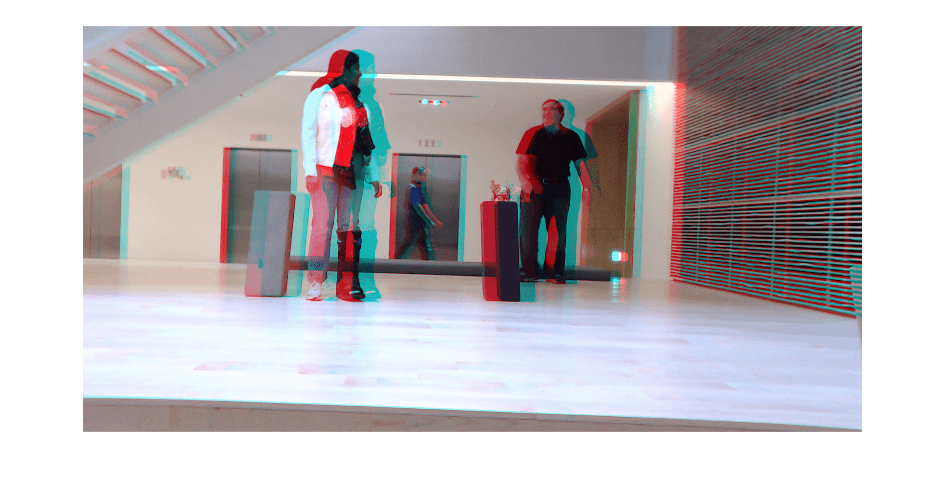reconstructScene
Reconstruct 3-D scene from disparity map
Description
xyzPoints = reconstructScene(disparityMap,reprojectionMatrix)rectifyStereoImages function to
obtain the reprojectionMatrix from a pair of stereo
images.
Examples
Input Arguments
Output Arguments
References
[1] G. Bradski and A. Kaehler, Learning OpenCV : Computer Vision with the OpenCV Library, Sebastopol, CA: O'Reilly, 2008.
Extended Capabilities
Version History
Introduced in R2014a


